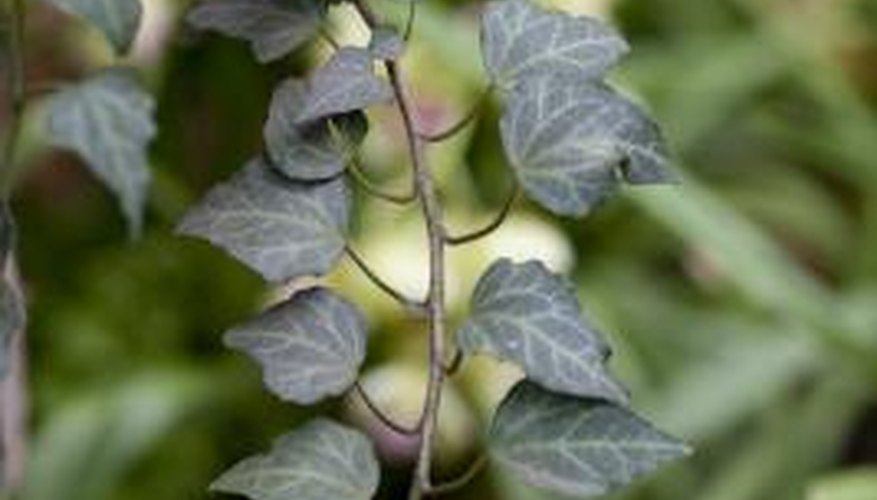Ivy is a resilient ground cover and wall-climbing plant that can be difficult to manage. Poisonous ivy can be especially troublesome to remove. An eco-friendly solution of salt and vinegar can help homeowners and gardeners remove this plant.
Vinegar and Salt
Vinegar contains acetic acid, which is a commonly used weed killer. Salt dehydrates plants. The combination of vinegar, salt and liquid soap makes a powerful and natural remedy for both unwanted weeds and plant life.
Formula
Combine 1 gallon of white or apple cider vinegar, 29.6ml. of liquid soap and 1 tbsp of salt in an empty bucket. The combination of the acetic acid in the vinegar and the salt will dry up moisture and destroy unwanted ivy. Liquid soap enhances the effectiveness of the vinegar.
- Combine 1 gallon of white or apple cider vinegar, 29.6ml.
- of liquid soap and 1 tbsp of salt in an empty bucket.
Prevention
The mixture of vinegar and salt can also lower the pH of the soil to prevent ivy from growing again. Apply the solution to both the ivy vine, the roots and the soil to insure the plant will be destroyed. The most common vinegar, household and cooking vinegar, has a relatively low level of acetic acid and reapplication of the solution may be necessary to manage older plants.
Effects on Soil
The vinegar and salt solution will not cause any long-term after effects to the soil. According to Purdue Extension, "even though vinegar is an acid, it breaks down quickly in the soil and, therefore, is not likely to accumulate enough to affect soil pH for more than a few days." Salt can remain in the soil and prevent future plant growth if concentrations are too high.
